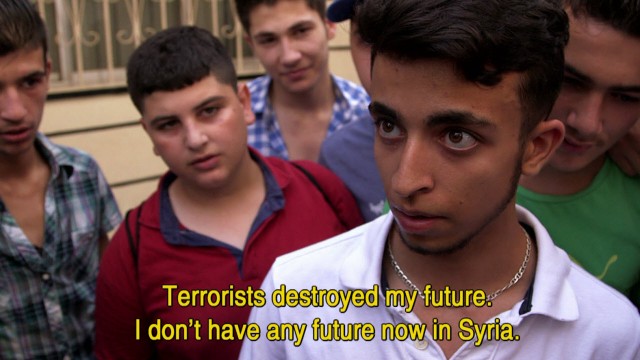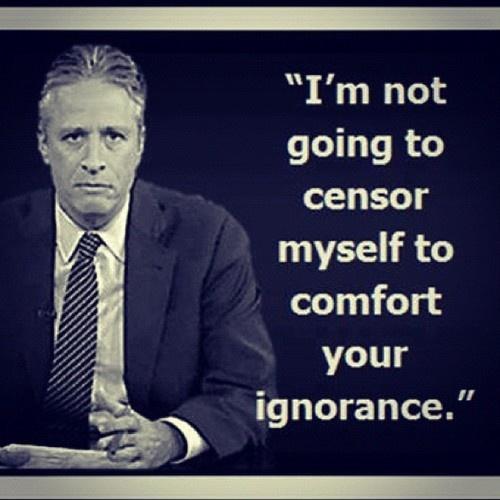Name _______________________
What is the Social Contract?
How does Hobbes interrupt the social contract?
How does Locke
interrupt the social contract?
How does Rousseau interrupt the social
contract?
Do you believe that the Theory of the Social Contract is
valid? Why or why not?
Social
Contract
POLITICAL
PHILOSOPHY
Social contract, in political philosophy, an actual or hypothetical compact, or agreement, between the ruled and their rulers, defining the
rights and duties of each. In primeval times, according to the theory,
individuals were born into an anarchic state of nature, which was happy or unhappy
according to the particular version. They then, by exercising natural reason,
formed a society (and a government) by means of a contract among themselves.
Although
similar ideas can be traced back to the Greek Sophists, social-contract
theories had their greatest currency in the 17th and 18th centuries and are
associated with such names as the Englishmen Thomas Hobbes and John Locke and
the Frenchman Jean-Jacques Rousseau. What distinguished these theories of
political obligation from other doctrines of the period was their attempt to
justify political authority on grounds of individual self-interest and rational consent. They attempted to
demonstrate the value and purposes of organized government by comparing the
advantages of civil society with the disadvantages of the state of nature, a hypothetical condition
characterized by a complete absence of governmental authority. The purpose of
this comparison was to show why and under what conditions government is useful
and ought therefore to be accepted by all reasonable people as a voluntary
obligation. These conclusions were then reduced to the form of a social
contract, from which it was supposed that all the essential rights and duties
of citizens could be logically deduced.
Theories of the
social contract differed according to their purpose: some were designed to
justify the power of the sovereign;
on the other hand, some were intended to safeguard the individual from
oppression by an all-too-powerful sovereign.
According to Hobbes (Leviathan, 1651), the state of nature was one in
which there were no enforceable criteria of right and wrong. Each person took
for himself all that he could; human life was
“solitary, poor, nasty, brutish and short.” The state of
nature was therefore a state of war, which could be ended only if individuals agreed (in a
social contract) to give their liberty into the hands of a sovereign, who was
thenceforward absolute, on the sole condition that their lives were safeguarded
by sovereign power.
Locke (in the second of Two Treatises
of Government, 1690)
differed from Hobbes insofar as he described the state of nature as one in
which the rights of life and property were
generally recognized under natural law, the inconveniences of the situation arising from
insecurity in the enforcement of those rights. He therefore argued that the
obligation to obey civil government under the social contract was conditional
upon the protection not only of the person but also of private property. If a
sovereign violated these terms, he could be justifiably overthrown.
Rousseau (in Du contrat social, 1762) held that in the state of nature
man was unwarlike and somewhat undeveloped in his reasoning powers and sense of morality and responsibility. When, however,
people agreed for mutual protection to surrender individual freedom of action
and establish laws and government, they then acquired a sense of moral and civic obligation. In order to
retain its essentially moral character, government must thus rest on the
consent of the governed, the volonté générale (“general
will”).









